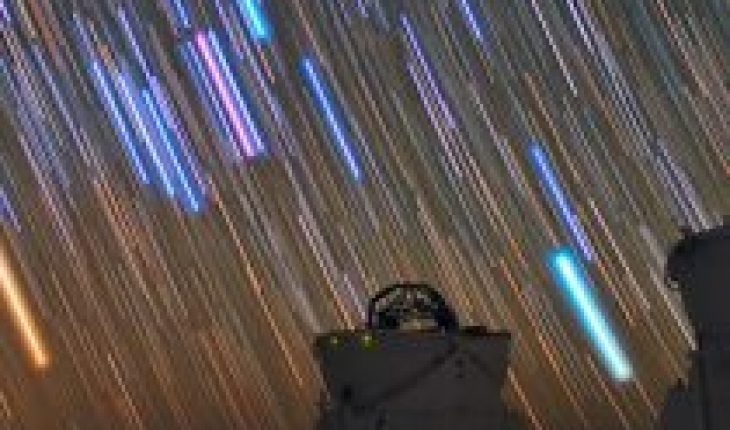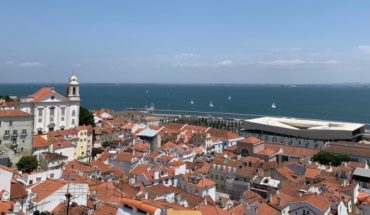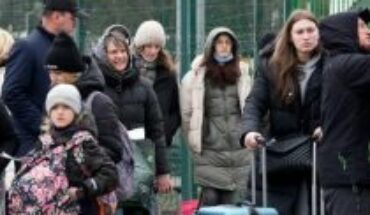
From the UC Teaching Observatory at Hacienda Santa Martina, The Minister of Science, Andrés Couve, together with the Minister of the Environment, Carolina Schmidt, presented the Advisory Committee on Areas of Scientific Interest for Astronomical Observation, which seeks to protect the geographical areas of the country with value for the observation of the skies from the impact of light pollution.
“Our heavens are a unique natural laboratory for the observation of the universe. Northern Chile has some of the cleanest skies in the world, with about 90% clear nights a year and low humidity. Thanks to these attributes, the world’s largest observatories have been built and continue to be built in Chile, consolidating itself as a natural laboratory of global interest. To protect this heritage, we bring together this council made up of prominent representatives of the Chilean astronomical community, who will have the task of evaluating and proposing the places that by their extraordinary conditions represent unparalleled potential for the development of astronomy worldwide from our country,” said Minister Andrés Couve.
Light standard
Meanwhile, Minister Carolina Schmidt highlighted the joint work of the Ministries of Science and Environment, with the participation of the National Agency for Research and Development (ANID), for the special protection of areas that are declared of scientific value for astronomy: “The revision of the light standard to improve the standard of protection of heaven includes its extension to all of Chile , as to this day it considers only 3 regions. It also adds elements that were not considered to be the protection of biodiversity, which adds to an increase in the protection of skies for observation in astronomical areas proposed by the advisory council that we presented today. This is of great relevance if we consider that by 2025, our country will concentrate 70% of the world’s astronomical capacity,” he said.
The group of six specialists defined with the support of the Chilean Society of Astronomy, consists of María Teresa Ruiz, Eduardo Unda-Sanzana, Amelia Ramírez, Manuela Zoccali, Rodrigo Reeves and Ricardo Bustos; who have the collaboration of astrophysics and Seremi of the Ministry of Science, Paulina Assmann, in addition to the director of ANID’s Astronomy Program, Luis Chavarría.
This commission will provide at the end of this year to the Ministry of Science, a list of suggested geographical areas and the criteria for their protection, based on criteria such as infrastructure for observation, atmospheric and geographical conditions, scientific production, benefit and impact for the national scientific community and scientific education. Once these zones are defined, projects that must enter the Environmental Impact Assessment System (EIA), which are in or near areas, must enter through an Environmental Impact Study (EIA).
Advisory Council of Areas of Scientific Interest for Astronomical Observation
Eduardo Unda-Sanzana, University of Antofagasta, representative of the Chilean Society of Astronomy (SOCHIAS)
María Teresa Ruiz, University of Chile. Astronomer and National Science Award.
Amelia Ramirez, University of La Serena
Manuela Zoccali, Pontifical Catholic University of Chile
Rodrigo Reeves, University of Concepción
Ricardo Bustos, Catholic University of the Most Holy Conception





